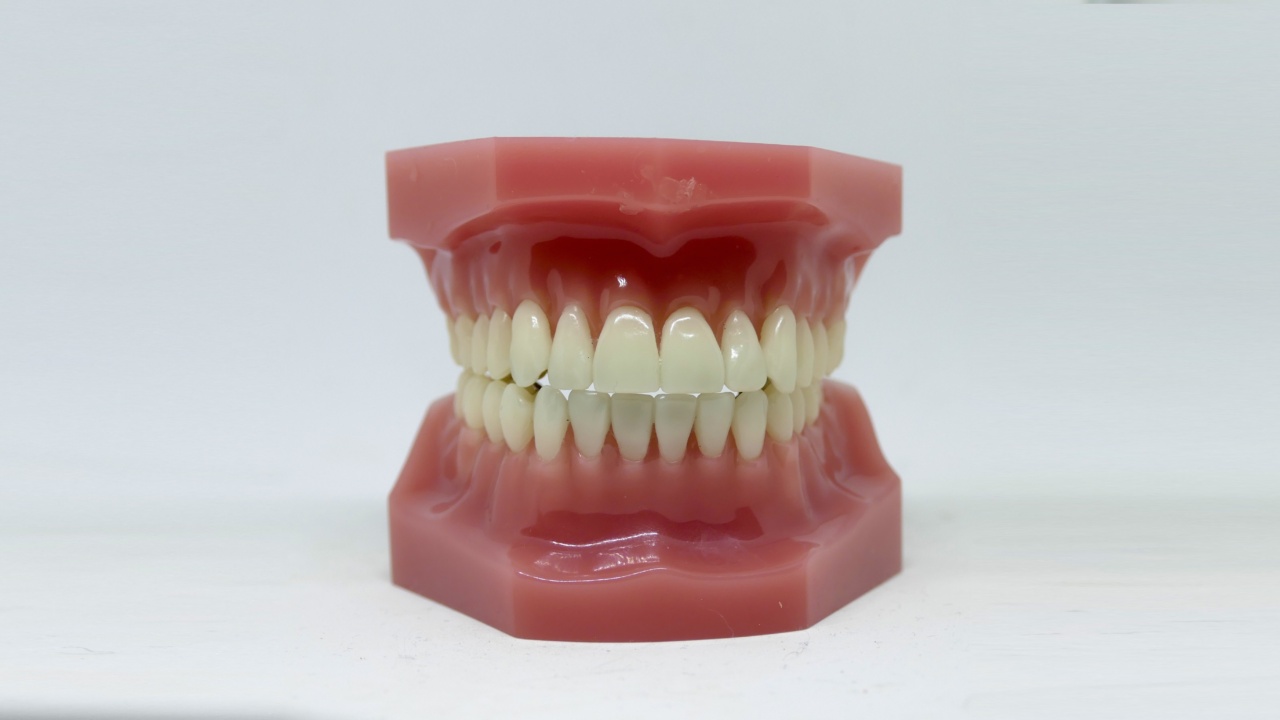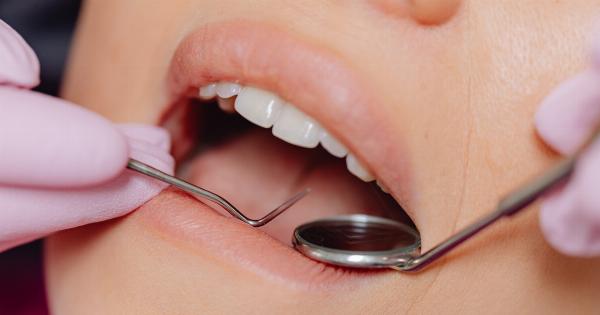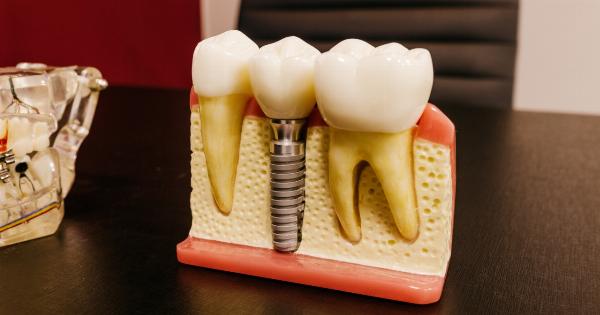Everyone wants a perfect smile, and for most people, that means having bright white teeth.
Teeth whitening products have become increasingly popular as people seek a brighter, whiter smile. However, there is much debate about whether these products are truly safe for our teeth.
In this article, we will examine the effect of teeth whitening products on tooth enamel and sensitivity, as well as exploring the different types of whitening treatments available.
What Are Whitening Products?
Teeth whitening products aim to lighten the natural color of the teeth by removing stains and discoloration.
They work by using bleaching agents such as hydrogen peroxide or carbamide peroxide, which penetrate the enamel and break down the molecules causing the staining.
Whitening products are available in many forms, from toothpaste and mouthwash to strips, trays, and professional treatments.
The Effect of Whitening Products on Tooth Enamel
Tooth enamel is the hard, protective layer on the outside of the teeth. It is essential for the health of our teeth, and any damage to the enamel can have a significant impact on our oral health.
While teeth whitening products may be effective at removing surface stains, they can also cause damage to the enamel if used incorrectly or too often.
Whitening products containing high levels of hydrogen peroxide or carbamide peroxide can weaken the enamel and make it more susceptible to erosion and decay.
Research has found that teeth exposed to hydrogen peroxide can experience a significant decrease in surface hardness, roughness, and breaking strength, which is a clear sign of enamel damage.
The Effect of Whitening Products on Tooth Sensitivity
Tooth sensitivity is a common side effect of teeth whitening products, and it can occur immediately or a few days after treatment.
Sensitivity occurs when the bleaching agents such as hydrogen peroxide and carbamide peroxide penetrate the enamel and the dentin layer of the teeth, causing irritation to the nerves.
This results in short, sharp pain when the teeth are exposed to hot, cold, or acidic substances.
Research has found that up to 78% of people who used teeth whitening products experienced sensitivity as a side effect.
Types of Whitening Treatments Available
There are several types of teeth whitening treatments available, including:.
Toothpaste
Toothpaste whitening treatments are the most common and least expensive options on the market. They work by removing surface stains with mild abrasives or chemical agents like peroxide.
Mouthwash
Whitening mouthwash is another option for those looking for a simple and non-invasive way to whiten their teeth. These products work by rinsing away surface stains, but they are not as effective as other whitening treatments.
Strips
Whitening strips are thin, flexible pieces of plastic coated with a peroxide-based gel. The strips are applied directly to the teeth and left on for a set period, usually between 30 minutes and an hour.
Strips can be effective, but they can also cause sensitivity if used too often or incorrectly.
Trays
Tray-based whitening systems involve filling a custom-made tray with a peroxide-based gel and wearing the tray for a set period each day. These trays can be adjusted for better fitting and are often more effective than strips or mouthwash.
However, they can be more expensive and may cause sensitivity if used for too long.
Professional Treatments
Professional teeth whitening treatments are the most expensive option, but they are also the most effective. These treatments involve visiting a dental professional who will use a higher concentration of peroxide to achieve a brighter, whiter smile.
These treatments can cause sensitivity and enamel damage if not done correctly, so it is essential to have a professional assessment before undergoing the treatment.
Tips for Safe Whitening
To minimize the risk of enamel damage and sensitivity, it is essential to use whitening products safely and carefully.
Here are some tips for safe whitening:.
Follow the instructions
Always follow the instructions provided with the product, and do not exceed the recommended usage. More is not better, and using too much product or using it too frequently can cause damage to the enamel.
Choose the right product
Consider which type of whitening product will work best for you. If you have sensitive teeth, a mild toothpaste may be a better option than a high-concentration gel.
Avoid acidic foods and drinks
Acidic foods and drinks can weaken the enamel and make it more susceptible to damage. Avoid consuming these types of foods and drinks after whitening treatments.
Maintain good oral hygiene
Regular brushing and flossing can help keep your teeth healthy and minimize enamel damage. A healthy diet rich in calcium and vitamin D can also help maintain the strength of your enamel.
Conclusion
Teeth whitening products can be an effective way to achieve a brighter, whiter smile. However, these products can also cause damage to the enamel and sensitivity if used incorrectly or too often.
By choosing the right product, following the instructions, and practicing good oral hygiene, you can safely achieve a brighter, whiter smile without compromising the health of your teeth.




























